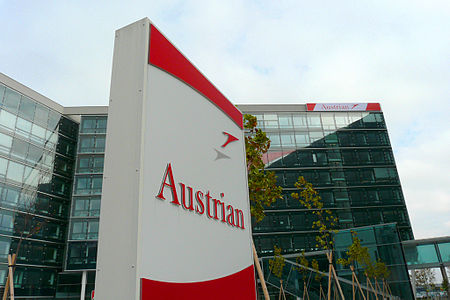Wien-Umgebung District
Wien-Umgebung District

Bezirk Wien-Umgebung was a district of the state of Lower Austria in Austria. The district comprised four non-contiguous districts on the outer fringes of Vienna: Klosterneuburg and Gerasdorf to the north of the city, Schwechat to its south-east and Purkersdorf on Vienna's western side. Vienna International Airport, the headquarters of Austrian Airlines, and the headquarters of Niki are in the city of Schwechat, in the district.The district existed from 1954 to 2016. In 2017 the municipalities became part of four adjacent districts.
Excerpt from the Wikipedia article Wien-Umgebung District (License: CC BY-SA 3.0, Authors, Images).Wien-Umgebung District
Lange Gasse,
Geographical coordinates (GPS) Address Nearby Places Show on map
Geographical coordinates (GPS)
| Latitude | Longitude |
|---|---|
| N 48.3 ° | E 16.316666666667 ° |
Address
Lange Gasse
Lange Gasse
3400
Lower Austria, Austria
Open on Google Maps










